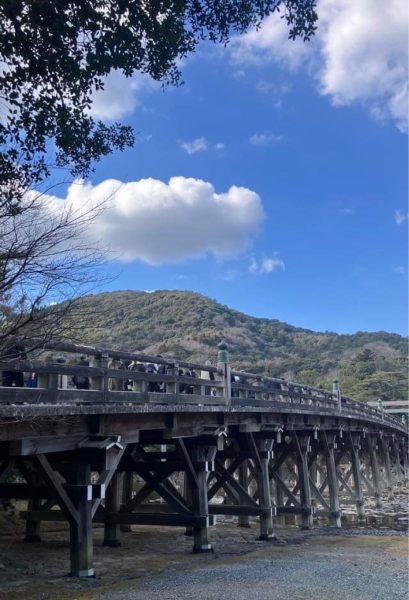Explore Ise Jingu Japan : A Masterpiece of Traditional Japanese Architecture
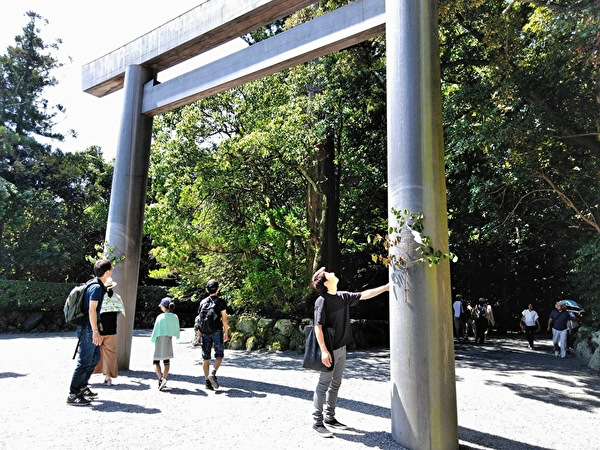
Join Takami Kawai, a carpenter involved in the 62nd Ise Jingu rebuilding, and explore the architectural treasure that is Ise Jingu Japan. This shrine, through its unique “Shikinen Sengu” tradition, rebuilds all its structures every 20 years, thereby preserving ancient architectural techniques. This over 1300-year tradition turns Ise Jingu into more than just a shrine, but a living museum of Japanese culture.
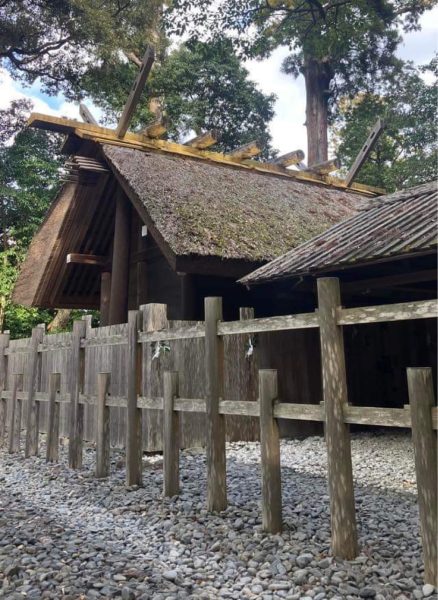
In the “Ise Jingu Japan Architecture Guide,” you will deeply understand the architectural style of Ise Jingu, the spirituality of the Japanese imbued in it, and the techniques craftsmen have passed down across generations. Learn how skilled shrine carpenters have created and preserved these complex structures.

The “Ise Jingu Japan Architecture Guide” is a precious opportunity to experience the beauty and history of Japanese architecture, along with the culture behind it. Discover and feel the unique architectural beauty of Japan, unparalleled in the world.
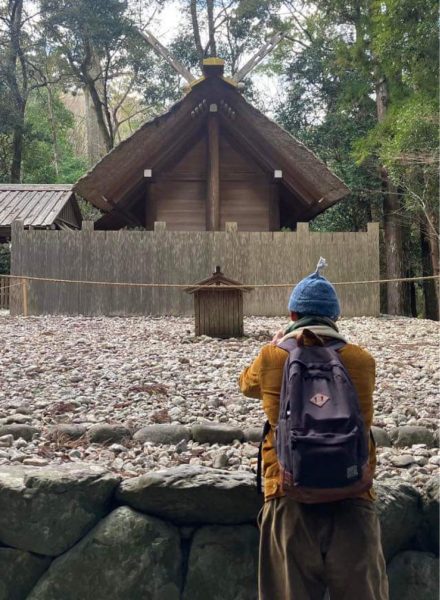
Details of Ise Jingu Japan Architecture Guide
- Participation fee: 10,000 yen (transportation not included)
- Date: March 18, 2024
- Meeting Place: Kintetsu Kyoto Station, 7:30 AM
- Disbanding Place: Ise Jingu, expected at 3:00 PM
- Guide: Takami Kawai
- Special Focus: Involvement in the 62nd Ise Jingu Rebuilding
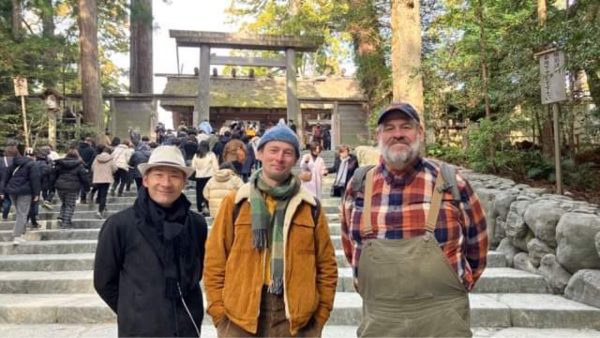
“The Ise Jingū, the grand shrine of Ise, is the most important shrine complex in Shinto and the official shrine of the Imperial Family. As such, it’s one of the most sacred places in Japanese spiritual belief. It’s also a monument to Japanese artisanship, especially carpentry, since, in a practice known as shikinen sengū-sai, shrines are rebuilt on a regular schedule — in Ise, the central shrines are reconstructed next to the existing ones every twenty years. The present buildings are the 62nd iteration of this centuries-long tradition, which will re-culminate with the next enshrinement in 2033. Working on that construction, as he did the last one, will be Takami Kawai, who was our host for our visit to Ise.
As a foreigner, it would be intimidating to visit these sacred shrines without a guide, and no guide could be better than Takami, who has spent years building by hand, without nails, the architecture of this inexpressibly graceful place. As we entered the main torii gate of the Gekū, or outer shrine, Takami fondly put his hand on one of the stout posts holding up the massive structure and told us how he had created it during his last period working at Ise. That’s the kind of connection Takami has to Ise.
Over six hours, Takami led us first through the Gekū complex and its meticulously cultivated groves of cypress trees, and then across the sacred Uji bridge to more remote Naikū, or inner shrine. These places are sublime in their beauty — standing on the bank of the Isuzu River, you feel like you have entered an ideal forest, as befits a religion in which deities are to be found in nature. The elegant shrine buildings themselves, built on traditional designs going back more than a millennium, include the large structures of some of Shinto’s chief divinities, such as Amaterasu, the sun goddess — these are closed to the public but viewable from outside a perimeter fence. There are also dozens of smaller shrine buildings and even small altars that Takami showed us, dedicated to different spirits representing many aspects of Shinto belief.
Every year, nine million Japanese make the Sangū, or pilgrimage to Ise. It is a place as important in their belief system as the Vatican to a Catholic, as Mecca to a Muslim, as Jerusalem to a Jew. To be able to join the thousands of pilgrims who visited Jingū that day was an honor. To be able to do so, as one of the very few foreigners there, with a guide like Takami, was one of the great, enlightening experiences of my life.
To make it a perfect day, Takami took us to eat after our visit to a local udon restaurant. Ise is famous for its particularly delicious version of udon, and like everything else that day, it was exceptional! I can’t say enough thanks to our gracious guide and the extraordinary visit he gave us to such a remarkable place. I felt like I’d been invited to participate in something truly special, and it’s a day I’ll never forget.”
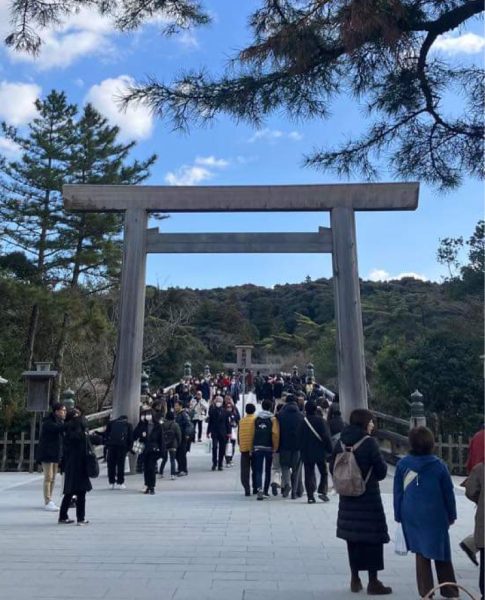
This “Ise Jingu Japan Architecture Guide” is perfect for those who seek a deep understanding of Ise Jingu. Utilizing Takami Kawai’s architectural expertise, learn about the evolution of architectural techniques and culture from ancient times to present while enjoying the grand view of the shrine. Enjoy a special day experiencing the unique architectural beauty and spirituality of Japan in this sacred place, often referred to as Japan’s “hometown.”
Inquiries and Applications
